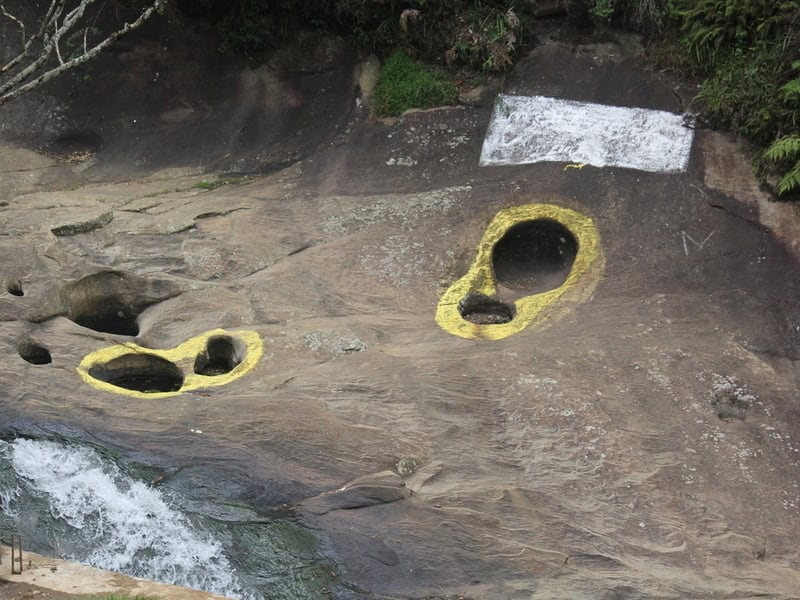The Hindu epic Ramayana brought to us a mythologized view of early Aryan history dating back to the Iron Age in North India and neighboring Nepal, and one of the earliest attempts at Indo-Aryan migration, specifically towards the south. Rama was the royal son of the small provincial kingdom of Kosala. The capital of this little kingdom was Ayodhya which is now a holy city.
Sri Lanka was, at the time, the dominion of the now-extinct Rakshasa people, and their civilization centered on a supposedly vast and wealthy royal citadel named Lankapura which rested in a hilly area of the country. In fact, there is very little to suggest that it even used to exist besides word of mouth and a temple to Lord Rama’s pious wife Sita, and a few scattered idols of her. It is now thought that the legendary King Ravana’s kingdom was in the idyllic, misty hills of Nuwara Eliya, pretty much the only ruler of the country to make his kingdom in this region, a wise decision by one of the most powerful monarchs in Southeast Asia of the 8th Century BC.
Specifically, the current village of Sita Eliya is said to be the present location of the royal gardens, around which the royal houses of Lankapura were set. Some of the details in the epic, such as the existence of flying chariots fueled by mercury and shape-shifting supernatural creatures are flights of fancy as a whole but once the story is stripped of these details, we see a history of early pre-Sinhalese Sri Lanka. In that light, we see plenty of vanished racial groups, such as the Vanaras (described as sapient monkeys in the epic poem) and especially the Lankan Rakshasa tribe.
The area is quite well-defended by the mountains and thick cloud forests surrounding it and would have been pretty much the envy of the Indian Subcontinent, especially since versions of the legend do talk about the king having ventured as far north as the ancient Indian state of Mithila and the Dandaka Forest of Madhya Pradesh in his attempts to win over Sita.
Among the most famous locations in Ramayana-age Lanka is the royal garden of Ravana, called the Ashok Vatika. It gets its name from the Ashok trees and their delicate crimson flowers and it was where the queen was guarded and tended to by her maids in Lanka. One of the main attractions here is the Sita Amman Temple which honors both her and the simian deity Hanuman, who is supposed to have brought a ring from Rama, as proof that he was searching for her and that he loved her. The temple is about a kilometer away from the famed Hakgala Botanical Gardens at Sita Eliya. It is said that Sita, disgusted with the king’s treatment preferred to stay under this particular tree during her time in Lanka, waiting for her husband to save her.
Written by Vasika Udurawane for Travel Lanka Compass



0 Comment